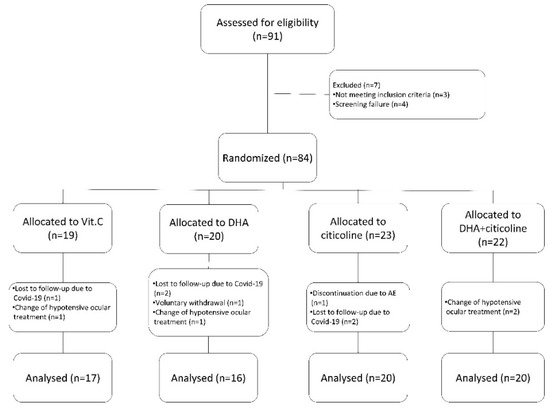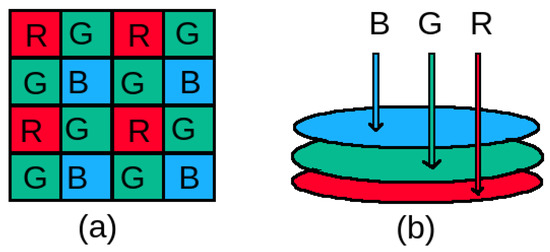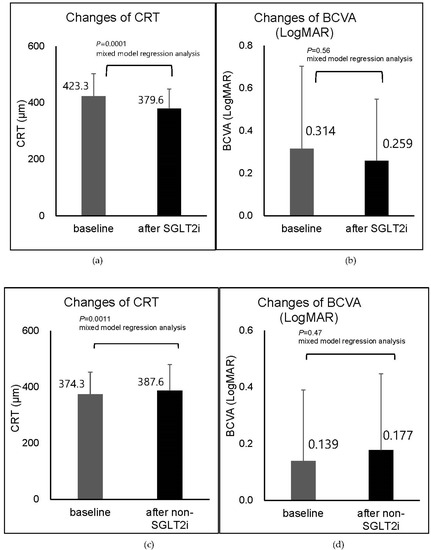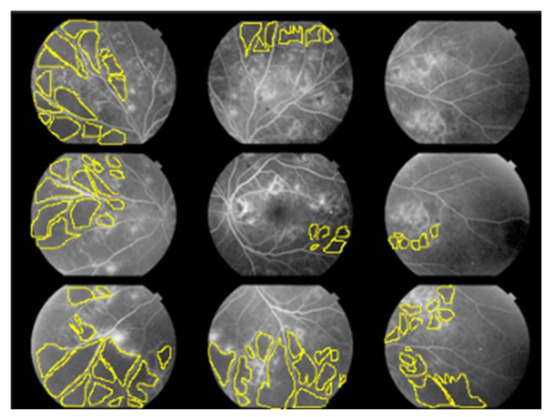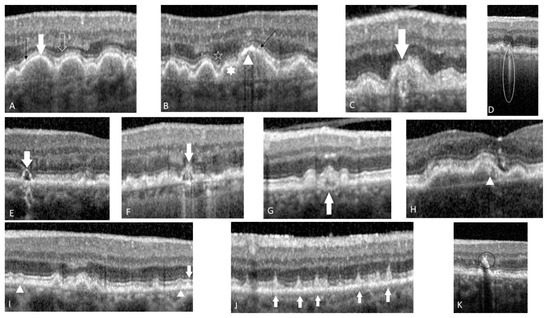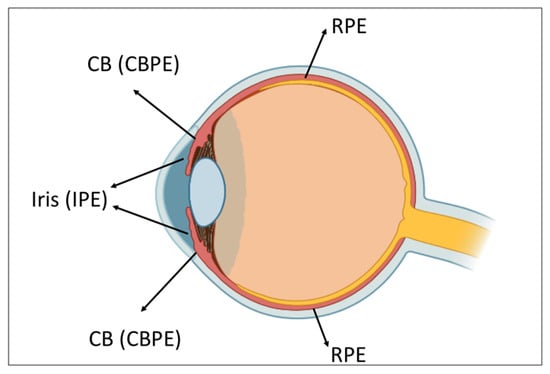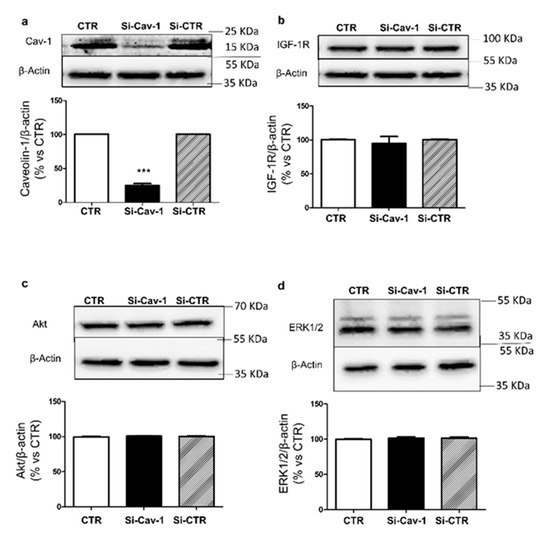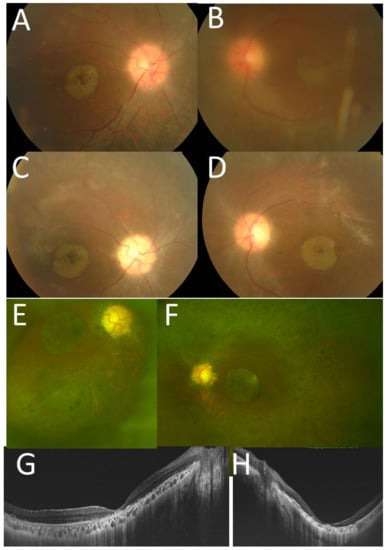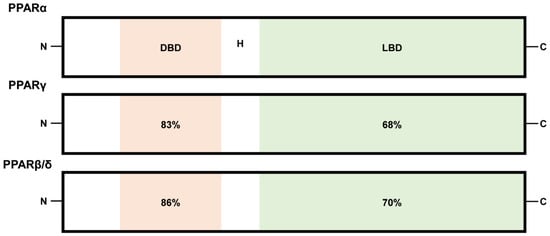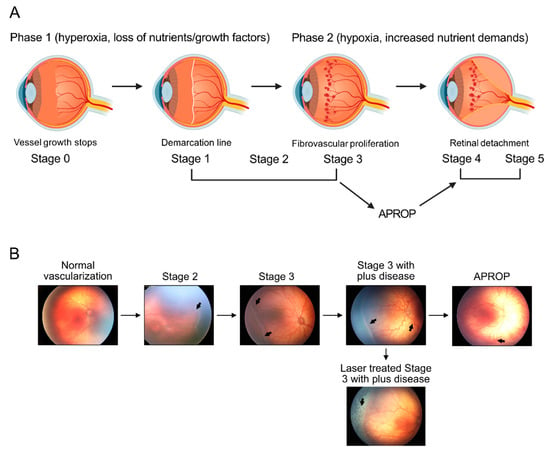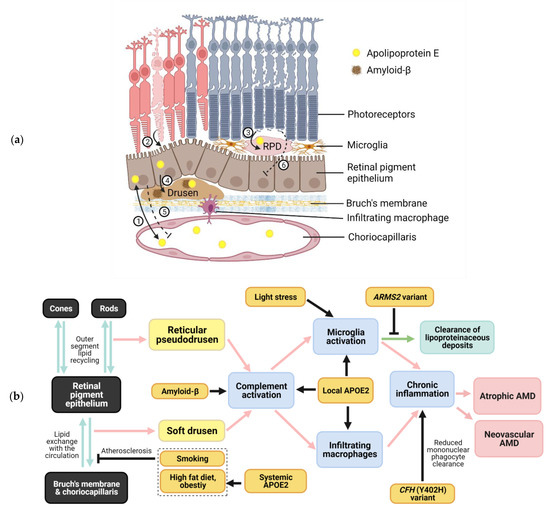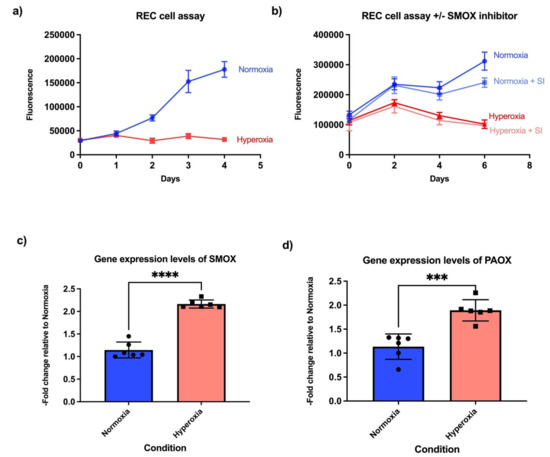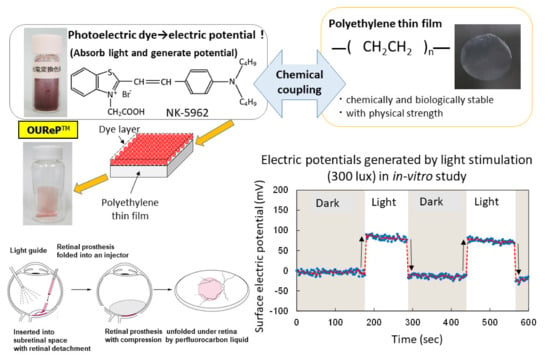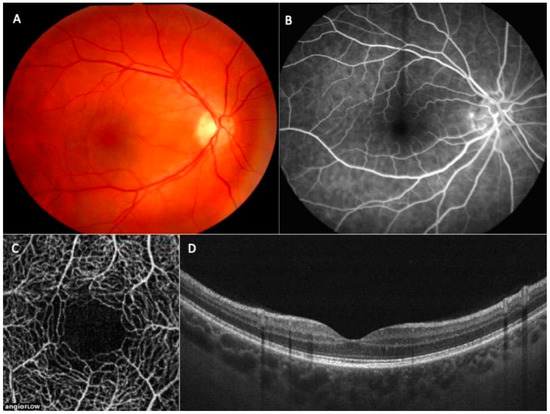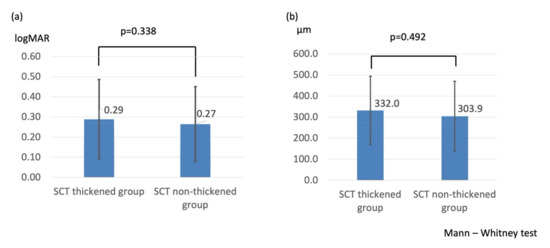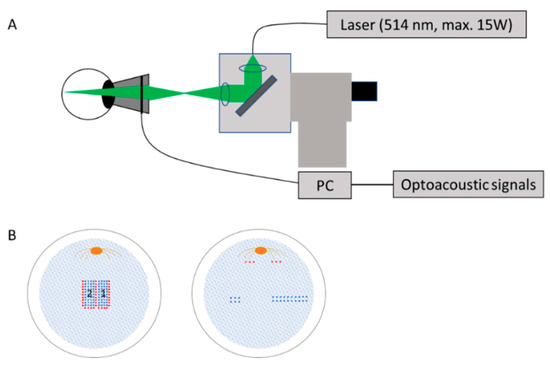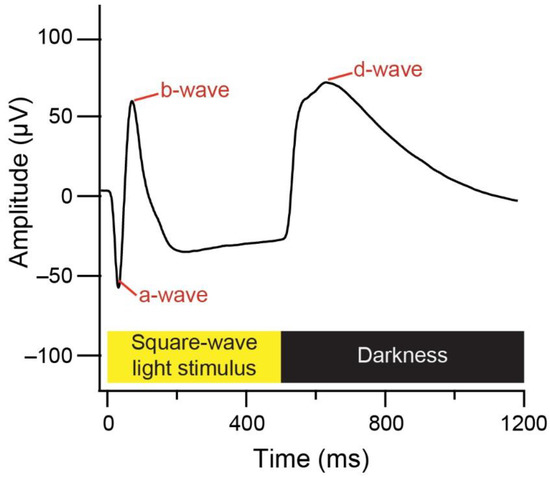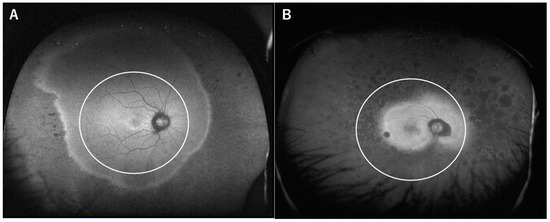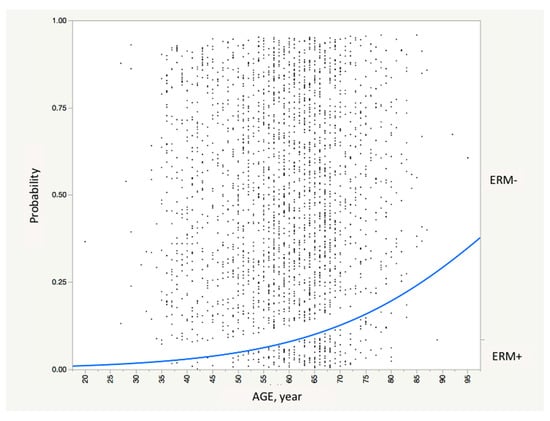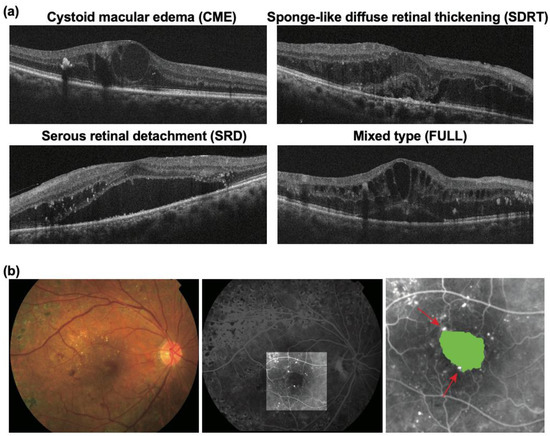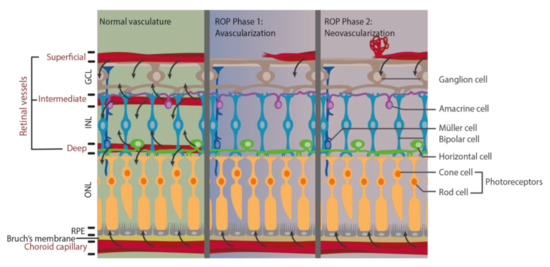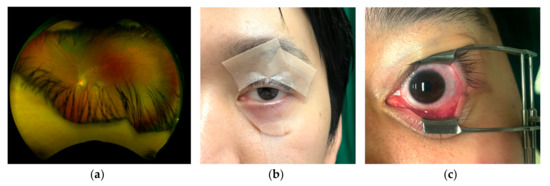Retinal Disease and Metabolism
A topical collection in Life (ISSN 2075-1729). This collection belongs to the section "Medical Research".
Viewed by 79533Editors
Interests: retinal diseases and metabolism; angiogenesis; vitreoretinal surgery; pathologic myopia
Special Issues, Collections and Topics in MDPI journals
Interests: retinal metabolism; angiogenesis; photoreceptors
Interests: retinal diseases; microglia; angiogenesis
Topical Collection Information
Dear Colleagues,
Retinal diseases, such as diabetic retinopathy, age-related macular degeneration, and premature retinopathy, are leading causes of vision loss worldwide. Recently, studies have described the metabolic changes that occur during retinal disease development and progression. In this Collection, we focus on the current research progress of retinal disorders. Both clinical and basic studies are welcome. Original research papers and reviews will be considered. We are focusing on research relevant to retinal disorders, related to the topics outlined below:
- Cell metabolism, to understand the retinal metabolic needs in RPE, photoreceptors, Müller glia, retinal ganglion cells, endothelial cells, and microglia;
- Metabolic disorder and retinal diseases, approached from a clinical aspect;
- Diseases of blood vessels and the vascular system, such as retinal vascular occlusion, arteriosclerosis, hypertension, blood disease, and diabetic fundus disease;
- Inflammation of the retina;
- Retinal detachment;
- Retinal degeneration and malnutrition;
- Retinal tumors;
- Glaucoma;
- Infection of the retina;
- Myopia.
Dr. Yohei Tomita
Dr. Zhongjie Fu
Dr. Ayumi Ouchi
Guest Editors
Manuscript Submission Information
Manuscripts should be submitted online at www.mdpi.com by registering and logging in to this website. Once you are registered, click here to go to the submission form. Manuscripts can be submitted until the deadline. All submissions that pass pre-check are peer-reviewed. Accepted papers will be published continuously in the journal (as soon as accepted) and will be listed together on the collection website. Research articles, review articles as well as short communications are invited. For planned papers, a title and short abstract (about 100 words) can be sent to the Editorial Office for announcement on this website.
Submitted manuscripts should not have been published previously, nor be under consideration for publication elsewhere (except conference proceedings papers). All manuscripts are thoroughly refereed through a single-blind peer-review process. A guide for authors and other relevant information for submission of manuscripts is available on the Instructions for Authors page. Life is an international peer-reviewed open access monthly journal published by MDPI.
Please visit the Instructions for Authors page before submitting a manuscript. The Article Processing Charge (APC) for publication in this open access journal is 2600 CHF (Swiss Francs). Submitted papers should be well formatted and use good English. Authors may use MDPI's English editing service prior to publication or during author revisions.
Keywords
- metabolomics
- diabetic retinopathy
- macular edema
- macular degeneration
- premature retinopathy
- ocular angiogenesis.
Planned Papers
The below list represents only planned manuscripts. Some of these manuscripts have not been received by the Editorial Office yet. Papers submitted to MDPI journals are subject to peer-review.
1. Dr. Yohei Tomita
2. Dr. Margherita Alfonsetti
3. Dr. Zeljka Smit-McBride







